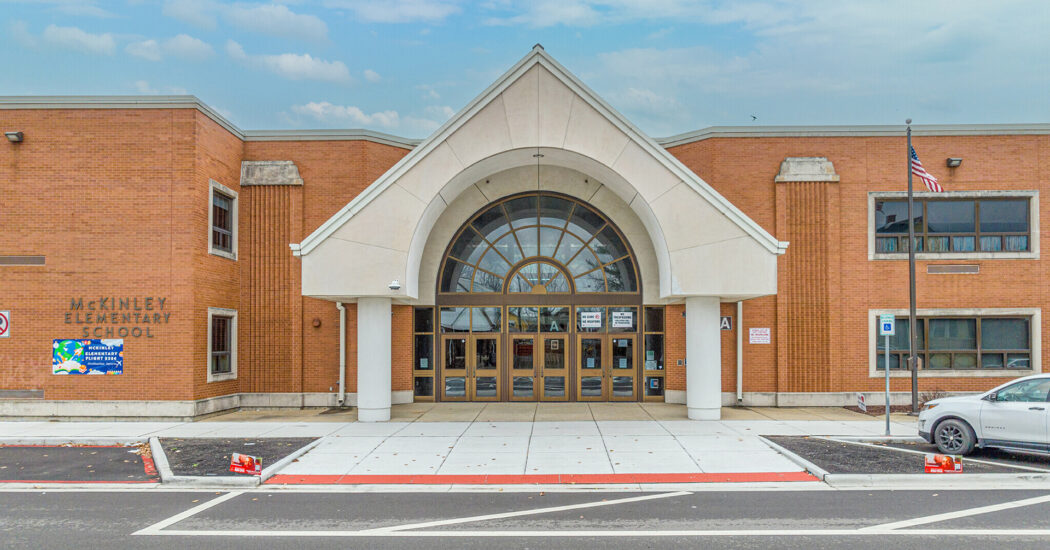When Architects and Engineers Live Under One Roof
-
Category
Innovation -
Posted By
Schmidt Associates -
Posted On
Aug 15, 2017
Maybe it is stating the obvious, but A/E firms (Architect/Engineer) function differently than firms comprised of only architects or only engineers. As an A/E firm ourselves, we think that a combined force of architects and engineers will function fundamentally better. And by “better”, we choose efficiency, convenience, and quality as our units of measurement. Two project staff members tell us their opinion on the benefits, to us and clients, of having architects and engineers working under one roof. We chose to talk with them specifically because they have previously worked for a single discipline firm prior to joining Schmidt Associates.

Project Architect

Charlie Wilson, CPD, LEED AP
Associate, Project Manager, and Design Engineer
Familiarity
After you work on a few projects together, talk to them during the lunch hour, or grab a drink after work on Friday, architects and engineers get to know each other on a personal as well as a professional level. You know their communication style, strengths, and personality traits. You know more about their workloads and what other projects they are currently working on. You learn what the architect or engineer needs from you, sometimes before they even ask. Going back to efficiency, getting familiar with your project team adds up to saved time and money. And who doesn’t like saving time and money?
When you aren’t in the same office, it can feel like your team is starting all over again with strangers, with a steep learning curve each time. You may work with the same architecture or engineering team from another company a few times, but you aren’t always guaranteed a consistent group. This makes it hard to deliver a project with the same amount of proficiency as you could with a team you are already accustomed to working with.
Technically speaking
Having architects and engineers working on the same network is a huge time saver. Eddie can sync his architectural model and Charlie can reload the changes instantly in his engineering model. If he were to be working with an outside firm, it could be a week before there was another pre-determined data transfer. This is especially critical in the final phases of a project, where a delay could cause the team to miss a deadline, or produce un-coordinated drawings, causing issues during construction, including cost increases or schedule delays.
It’s not just at the end of a project where time is saved either. Often architects are working on a project long before engineers get heavily involved, and the ability to quickly walk over and ask, “how much space will you need for your equipment?”, or “are we way out of line with our equipment budget estimate for this project?” is invaluable during the early phases of design. In a more “traditional” setting, these conversations might not happen until much later down the road, after an owner has already fallen in love with a potential design, only to learn that it’s not possible because of space or financial constraints.
Communication happens across the room, not virtually
Being able to walk right across the room to talk to the architect or engineer is the biggest benefit of your team working under one roof. If you were to ever pop in our office and see how we work, this would be apparent. We have architects working near architects and engineers working near engineers, but the only real separation from the two worlds is a 30-second walk.
We utilize an imbedded office design so key project teams, both architects and engineers, sit together. You might change desks every few months based on your project workload. This team orientation improves the quality and quantity of team communication. If an issue arises during the design process, we don’t have to wait for a call to be answered or someone to respond to our email. That type of communication can take hours or days to resolve a problem, something impossible when it comes to crunch time. The faster an issue is resolved, upfront and before construction, the better result for our clients.
If your architects and engineers aren’t under one roof, that 30-second walk to have a face-to-face conversation turns into something virtual, something less personal and instantaneous. When working through technical, complex architectural or engineering questions, having someone a few desks away is a big advantage.
_______________________________________________________________________________________________________________________
The better we work together, the better result for the client. Working with an A/E firm means that you are putting your trust into a team of people who have the same office culture, increasing consistency. But as always, there are pros and cons to any situation. Your project may better be suited to have architects from X company and engineers from Y company because those two firms are experts in specific areas that can bring a benefit to your unique project.







